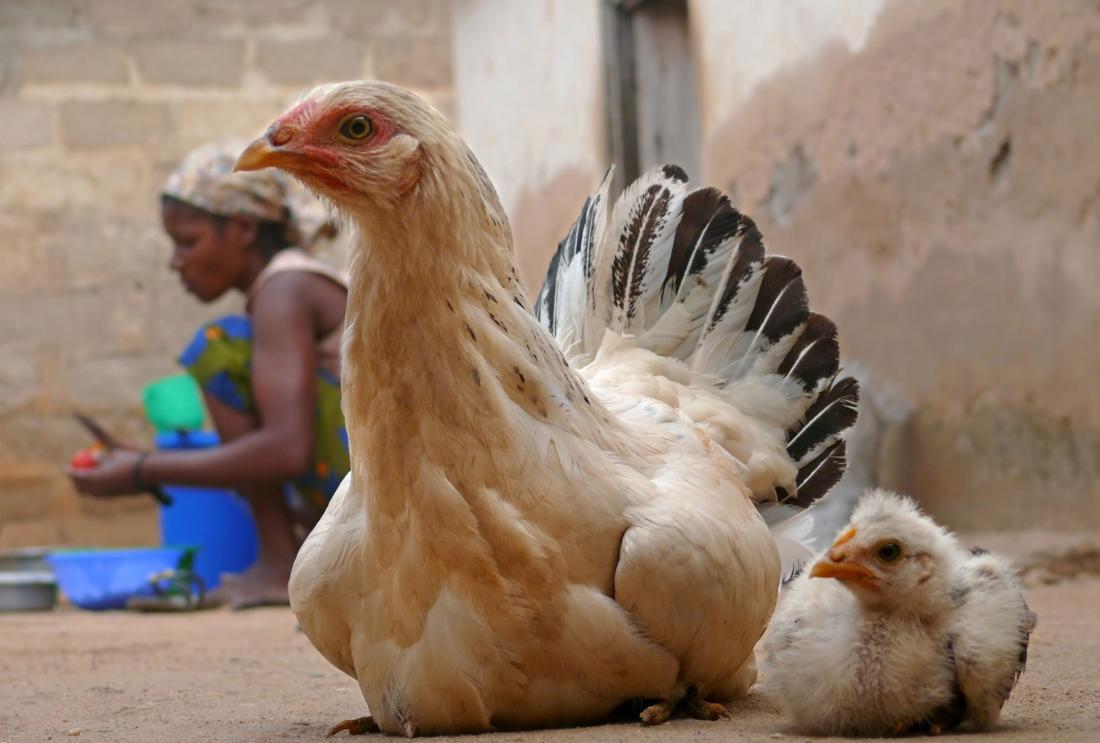Decentralized Pricing for Public Services: Evidence from Tanzania
- Civil servants
- Social service delivery
- Pricing and fees
Does the implementation of a price-cap on user charges to reduce the ability of public service delivery agents to extract rents enhance welfare? Researchers introduced a price regulation on poultry vaccines in Tanzania to evaluate the impact of reducing service providers’ discretion over prices on the number of recipients served, prices charged, and the overall welfare of beneficiaries. The price-cap reduced the average price of vaccinations, thereby making the product more accessible for smaller-scale and lower-income farmers. However, without discretion to raise prices, providers reduced coverage to more remote areas. On net, introducing price-caps reduced welfare.
Policy issue
What tradeoffs do governments face when deciding whether to give public service providers discretion over the prices they charge? In particular, how does imposing price-caps aimed at reducing the discretion that public service providers have over prices affect service provision and the welfare of service recipients? Price-caps could benefit public service recipients by restricting providers’ discretion to raise prices and could thereby make goods cheaper. However, price-caps could also harm public service recipients by reducing providers’ incentives to expand coverage of these services.
Little or no experimental evidence exists on how reducing providers’ discretion through price-caps affects the effectiveness of service delivery. Furthermore, little is known about the optimal amount of discretion that should be allocated to frontline service providers.
Context of the evaluation
Through an initiative of the Food and Agricultural Organization of the United Nations (FAO), the Tanzanian Ministry of Agriculture, Livestock and Fisheries recently found that most Tanzanian farmers do not employ efficient animal health and production methods. Many households reported that they lack access to public service providers, either because providers were not available or because farmers could not afford their services.
The Tanzanian government employs public veterinarians to serve as the main providers of animal health services. While services like examinations and certain treatments are free, the government does not directly subsidize animal drugs. Instead, the government employed veterinarians to sell these drugs to farmers and keep the profits from the sales. Due to a lack of private providers and the business they receive for publicly subsidized services, public veterinarians enjoy significant leeway to set prices for animal drugs. The government has not formally regulated these prices.
This study examines the provision of I2 Newcastle Disease Vaccinations, which prevents the spread of a lethal viral infection that mainly affects poultry. The Tanzanian government runs an I2 vaccination campaign three times per year. Public veterinarians typically act as animal vaccination traders by purchasing the vaccine in the district centers and passing it on to farmers.

Details of the intervention
Researchers conducted a randomized evaluation to test the impact of a price-cap regulation on the price and quantity of vaccinations that veterinarians provided during the January 2016 I2 vaccination campaign.
In partnership with the Tanzanian government , researchers randomly assigned 550 wards (groups of around four to eight neighboring villages ), which had 832 participating public veterinarians in total , into a treatment or comparison group. Veterinarians in the treatment attended a 90-minute meeting at the beginning of the vaccination campaign in which ministry officials informed them that they could charge any price up to 80 Tanzanian Shillings (approximately US$0.035) per vaccination . Veterinarians in comparison wards attended a similar training, but were encouraged to charge any price as a means to compensate them for good performance.
Compliance with the price-cap was enforced through a comprehensive receipt system that tracked prices charged by veterinarians. Researchers offered financial incentives for veterinarians to provide a receipt via text message after every vaccination sale. This receipt contained the farmer’s contact information, price paid, and the number of chickens vaccinated. The researchers verified the accuracy of this data via follow-up surveys to 15 percent of the service beneficiaries. This information on responsiveness to price regulations allowed the researchers to estimate an optimal price regulation for chicken vaccinations.
Results and policy lessons
Reducing providers’ discretion over prices made the vaccinations more affordable , but reduced coverage to more remote areas . Researchers estimate that, overall, the price-cap reduced farmers’ well-being.
Pricing and Affordability: The price-cap reduced average prices charged by 17 percent. Without the price-cap, veterinarians typically offered “bulk discounts” to larger flocks. However, the price-cap eliminated this quantity discount. Thus, the price-cap intervention appeared to particularly benefit small-scale farmers, who were likely to be poorer.
Service Coverage: Under the price-cap, previously unserved, poorer farmers could now access the vaccinations because they were more affordable. However, veterinarians were less likely to cover the more remote parts of their service area. The price-cap reduced the proportion of villages in their service area that veterinarians covered by 4.5 percentage points, from a base of 37 percent of villages in the comparison group (a 12 percent decrease ).
Taken together, this suggests that the price-cap led to a tradeoff between affordability and service coverage . Researchers’ analysis suggests that the detriments to customers from a reduction of coverage outweighed the benefits of the price reduction caused by the price-cap. This suggests that price-cap regulation in situations when providers also have discretion over the coverage of services does not necessarily enhance beneficiaries’ welfare.

